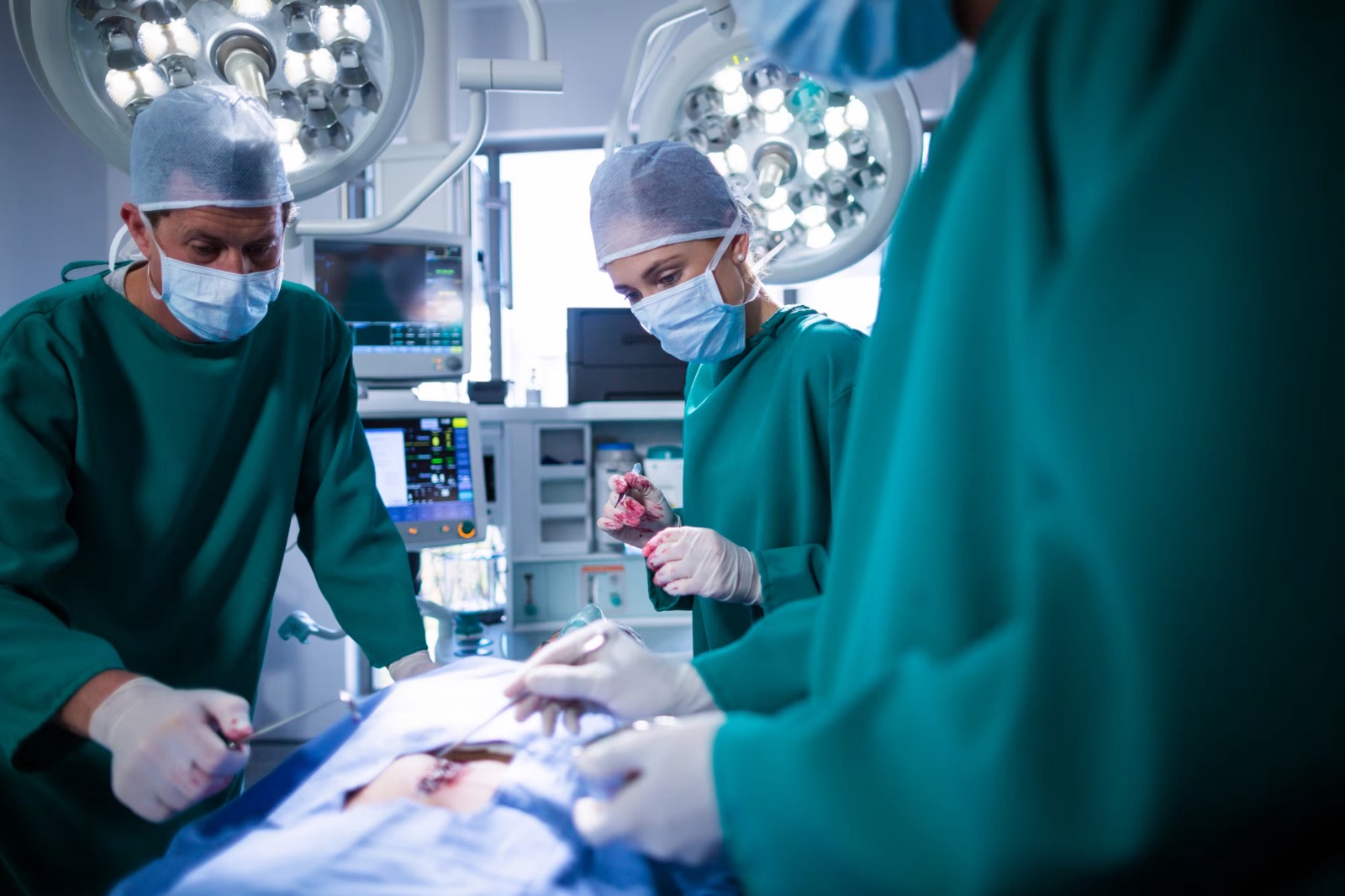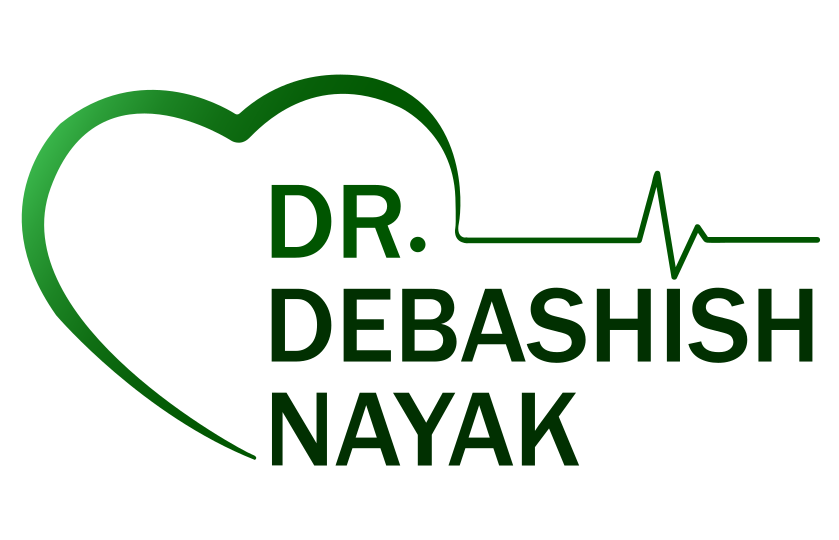
Coronary Artery Bypass Grafting (CABG) is a common surgical procedure used to restore blood flow to the heart by bypassing blocked or narrowed coronary arteries. CABG can be performed using two techniques: Off-Pump CABG and On-Pump CABG. In this blog post, we will delve into these two approaches, understanding their differences, benefits, and considerations to provide a comprehensive overview of CABG techniques.
On-Pump CABG: Traditional Approach:
On-Pump CABG, also known as conventional or traditional CABG, involves the use of a heart-lung machine (cardiopulmonary bypass) during the procedure. The heart is temporarily stopped, and blood circulation is diverted to the machine, which takes over the heart’s pumping function and maintains oxygenation. Surgeons perform grafting on the arrested heart, repairing or bypassing the diseased coronary arteries using harvested blood vessels.
The Advantages of Minimally Invasive Cardiac Surgery:
Reduced Trauma and Scarring: MICS involves smaller incisions compared to traditional open-heart surgery, resulting in reduced trauma to the surrounding tissues. This leads to minimal scarring and improved cosmetic outcomes, providing a psychological benefit to patients.
Benefits and Considerations of On-Pump CABG:
Stability and Precision:
With the heart temporarily stopped, surgeons have a stable and motionless surgical field, allowing for precise graft placement and anastomosis. This technique provides optimal visibility and control during the procedure.
Broad Applicability:
On-Pump CABG can be performed on patients with complex or extensive coronary artery disease, including multi-vessel disease. The heart-lung machine ensures adequate blood supply and oxygenation throughout the procedure, even during longer and more intricate surgeries.
Efficient Surgical Time:
The use of a heart-lung machine allows surgeons to perform multiple grafts simultaneously, reducing the overall surgical time.
Off-Pump CABG: Beating Heart Surgery:
Off-Pump CABG, also referred to as beating heart surgery or OPCABG, is a technique where the heart continues to beat during the procedure, eliminating the need for a heart-lung machine. Surgeons stabilize the area of the heart being operated on using specialized instruments, while the rest of the heart functions normally.
Benefits and Considerations of Off-Pump CABG:
Reduced Risk of Complications:
By avoiding the use of a heart-lung machine, off-pump CABG reduces the risk of complications associated with bypassing blood flow outside the body. These include blood clotting, inflammatory response, and potential organ dysfunction.
Minimized Systemic Effects:
Off-pump CABG reduces the physiological stress on the body caused by the use of a heart-lung machine, resulting in fewer post-operative complications such as kidney dysfunction, neurological complications, and bleeding disorders.
Shorter Hospital Stay and Faster Recovery:
Patients undergoing off-pump CABG often experience a shorter hospital stay, less post-operative pain, and a quicker return to normal activities compared to on-pump CABG patients.
Choosing the Appropriate Technique:
The decision to perform on-pump or off-pump CABG depends on various factors, including the patient’s overall health, complexity of coronary artery disease, surgeon’s expertise, and institutional capabilities. Each technique has its merits and considerations, and the choice is made on a case-by-case basis to ensure the best possible outcome for the patient.
CABG, whether performed using the on-pump or off-pump technique, remains a cornerstone in the treatment of coronary artery disease. Both approaches have their advantages and considerations, offering surgeons flexibility and options when tailoring the procedure to the patient’s specific needs. Advances in surgical techniques continue to refine the field of CABG, with the ultimate goal of optimizing patient outcomes, reducing complications, and improving the quality of life for those suffering from coronary artery disease.
Recent Posts
- Raising Awareness: Protecting Our Hearts and Lives from Rheumatic Heart Disease
- Empowering Surgeons: CME and Workshop on Vascular Injury Management
- Know more about rheumatic heart disease
- Mitral Valve Replacement: Restoring Cardiac Harmony and Quality of Life
- Aortic Aneurysm Repair & Dissection: Safeguarding the Lifeline of the Cardiovascular System



